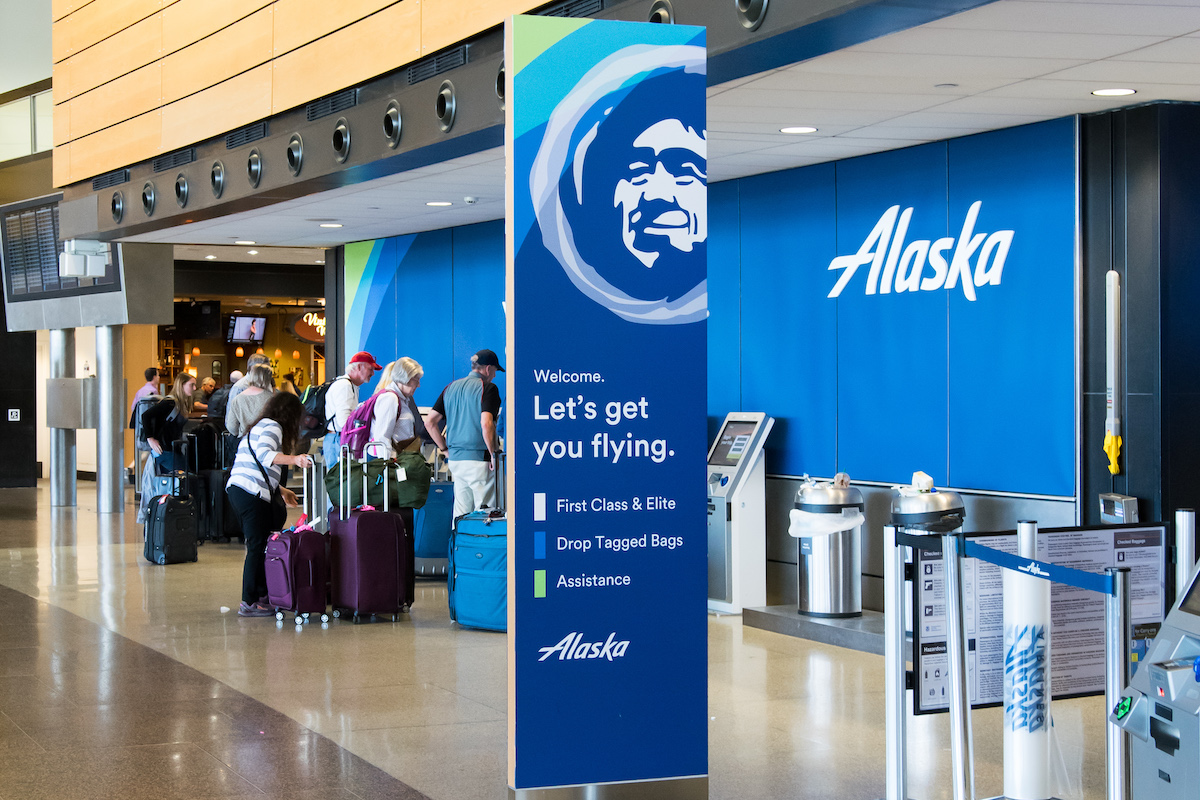Photo credit: Flickr / Joe A. Kunzler Photo
Alaska Airlines, headquartered in Seattle, again exposed its first quarter difficulties. The carrier, which produced outstanding summertime profits last year, followed by modest profits in the fourth quarter, dipped into the red between January and March this year. Alaska reported a $79 million Q1 net loss excluding special items, along with a negative 5 percent operating margin. First quarters have indeed been difficult for the carrier historically. Its Q1 margin in 2019, however, was positive 3 percent.
All will be forgiven if Alaska proceeds to run up its profits this spring and summer, when Seattle’s highly seasonal tourism sector is in full bloom. Yet the company faces many new post-pandemic challenges, including a big increase in labor costs. Another concern is the recession currently afflicting the West Coast tech sector, resulting in mass layoffs at some of Alaska’s largest corporate customers like Amazon and Microsoft (both Seattle-based companies). Also last quarter, weather disruptions led to an unusually large number of cancellations.
Management says it will work to reduce the impact of its seasonal Q1 weakness, which is specifically concentrated in January and February—March by contrast was “was very profitable,” said CEO Ben Minicucci. “We almost hit a double-digit pretax margin.” Chief Revenue Officer Andrew Harrison underscored the point, noting that “Throughout my tenure at Air Group, this airline has been solidly profitable 10 months of the year, with January and February always being the most difficult due to our network configuration and predominantly leisure consumer base.” United too made similar comments about business traffic coming in weaker than usual during January and February.
Dwelling too much on the first two months of the year, however, masks positive demand trends seen in March, which have continued into the spring. Even close-in bookings, often a proxy for business demand, have improved. Based on comments from management, Seattle appears to be the healthiest of Alaska’s big markets, with California still lagging.
In the meantime, the airline says productivity is improving, with employee absenteeism down and aircraft utilization benefitting from its move toward an all-Boeing mainline fleet. Alaska is also upgauging to larger planes with more seats and introducing new technology to improve operations—it said last week it would remove passenger kiosks from its airports. On the revenue side, management says it hopes to get 8 to 10 percent of its total revenues from alliance partners following its decision to join the oneworld alliance. This is enabling Alaska to participate in the longhaul international boom now underway. It’s getting help domestically, furthermore, from a close partnership with American.
With a strong balance sheet, a loyal customer following, and a long record of muscular margins, Alaska’s Q1 losses hardly constitute a crisis. It would, however, like to achieve at least break even for the quarter.
Special Offer: Choose From Quarterly or Annual Subscription Plans
{{monthly_count}} of {{monthly_limit}} free stories left to read
SubscribeAlready a member? Sign in here
You Need an Airline Weekly Susbcription to Read This Story
Your story count resets on {{monthly_reset}}
Already a member? Sign in here
